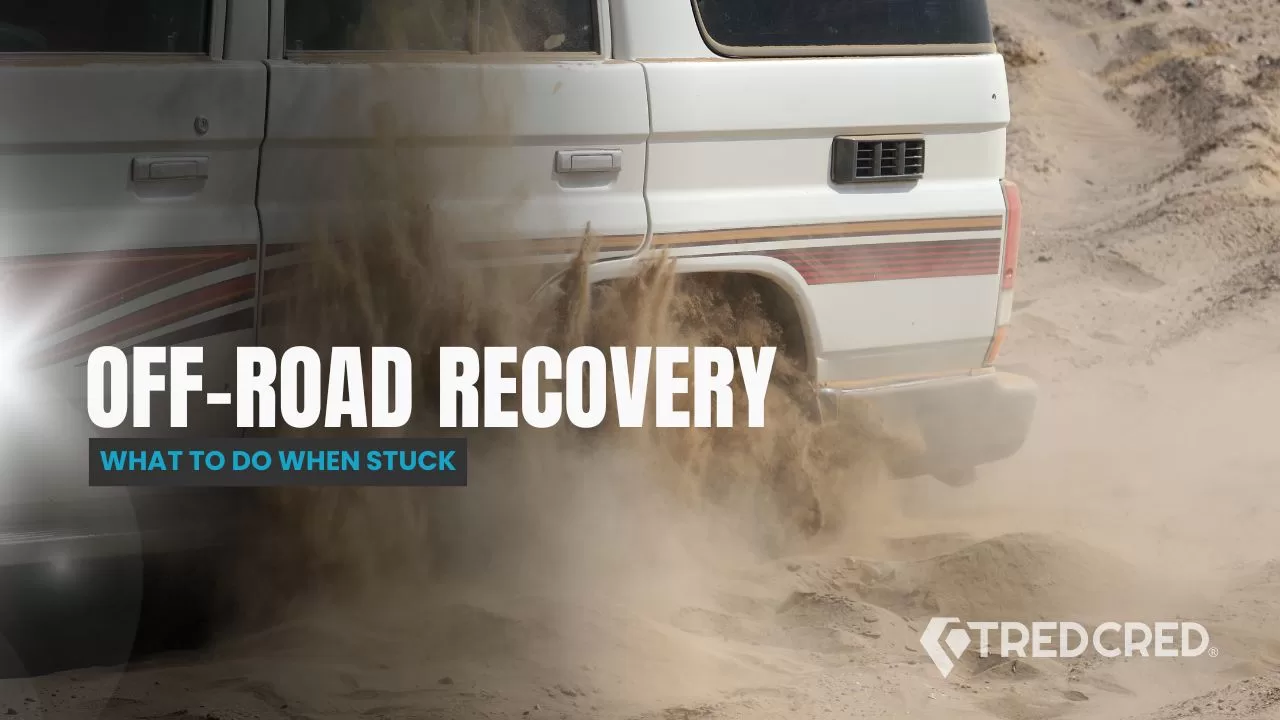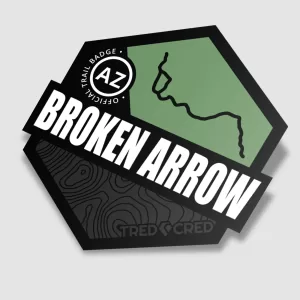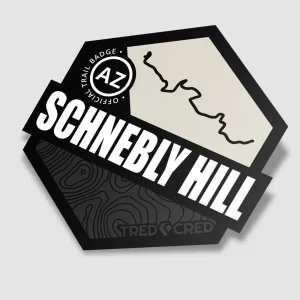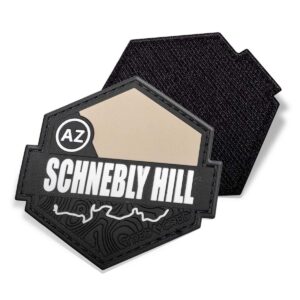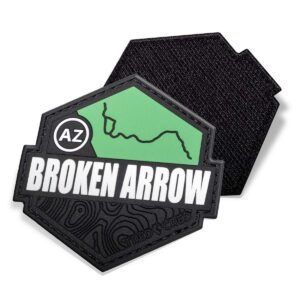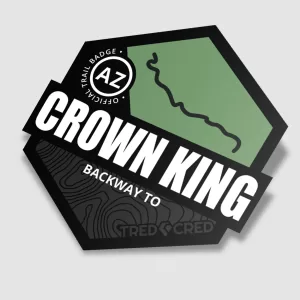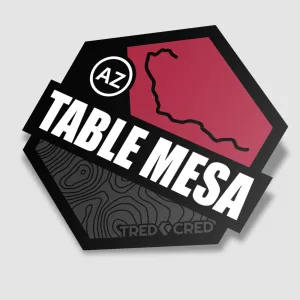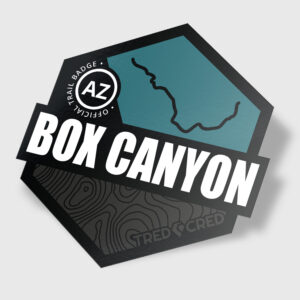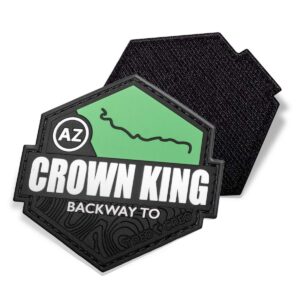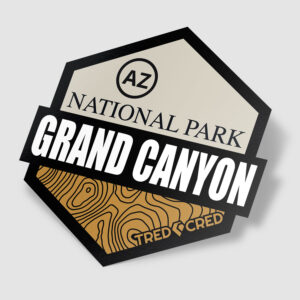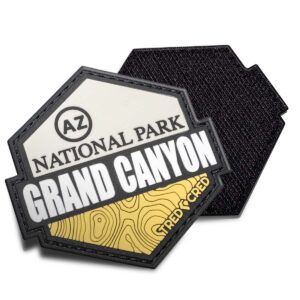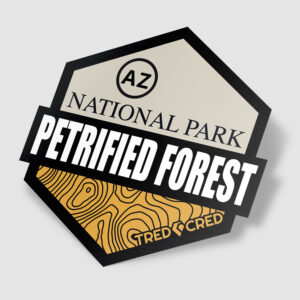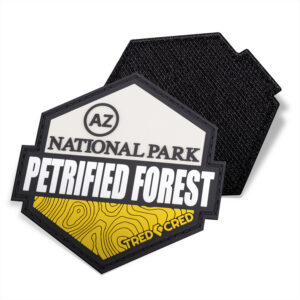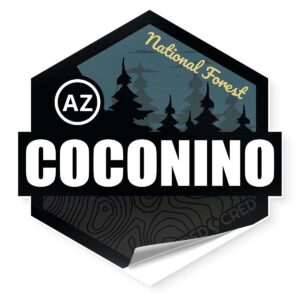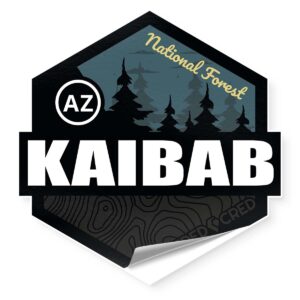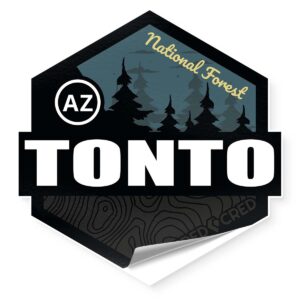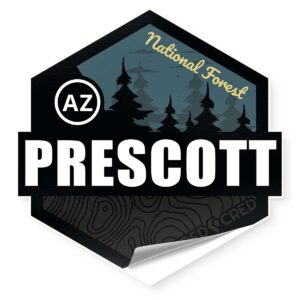Off-Road Recovery in Arizona
Introduction: When the Desert Shows Its Teeth
The desert can be both breathtaking and brutal. One moment, you’re cruising over red rock landscapes, feeling invincible beneath the vast Arizona sky. The next, you’re axle-deep in soft sand, tires spinning uselessly, the scorching sun reminding you that the wilderness doesn’t play favorites. Off-road recovery in Arizona isn’t just a possibility—it’s an inevitability if you push the limits. Knowing how to recover safely, efficiently, and without damaging your vehicle (or pride) is a critical skill for any off-roader.
Understanding the Terrain: Arizona’s Unique Challenges
Arizona offers an off-roading paradise, but that paradise comes with challenges. From the rocky ledges of Sedona and the deep sands of the Sonoran Desert to the unpredictable monsoon-season mud, each terrain type presents its own recovery obstacles.
- Deep Sand: In places like Glamis Dunes or Apache Trail, sand can swallow your tires whole. Proper tire pressure management and understanding traction boards can mean the difference between a quick fix and a long day in the sun.
- Rock Crawling Mishaps: Moab-like rock gardens in northern Arizona put high-clearance vehicles to the test. One wrong approach angle or miscalculated line can leave you high-centered on a boulder.
- Mud and Flash Floods: Arizona’s normally dry washes become deceptive during monsoon season, hiding layers of slick mud underneath what looks like solid ground.
Every off-roader should take the time to understand the unpredictable nature of the terrain they’ll be tackling.
Essential Recovery Gear: Your Lifeline in the Wild
Every experienced off-roader knows: hope isn’t a strategy. If you’re heading into Arizona’s backcountry, make sure your rig is equipped with the essentials.
- Traction Boards: When the sand wants to keep you, these give your tires the bite they need to escape.
- Recovery Straps and Shackles: A good kinetic rope can turn a tough tow into smooth assistance.
- Winch: Your best friend when you’re alone, a well-used winch can pull you out of anything if you’ve got a sturdy anchor.
- Airing Down/Airing Up Solutions: Airing down helps in many situations, but you need proper CO2 tanks or a compressor to air back up for highway travel.
Think of your recovery gear like a parachute—truly useful only when you desperately need it.
Basic Self-Recovery Techniques: Getting Yourself Out
Not every recovery requires a tow. Knowing how to manipulate terrain, use momentum wisely, and work with your vehicle’s traction systems can make all the difference.
- Rock Stacking: If your tires can’t reach solid ground, building a path with the rocks around you can create the traction you need.
- Tire Pressure Tactics: Airing down can dramatically increase the footprint of your tires, giving you greater traction on soft terrain.
- Proper Use of 4WD Features: Understanding lockers, torque distribution, throttle control, and choosing between high and low range 4WD modes can prevent getting stuck in the first place.
Sometimes, the simplest solutions—patience and technique—are more effective than brute force.
Team-Based Recovery: When You Need a Helping Hand
Traveling with a group has its advantages, especially when recovery turns into a two-rig job. Communication, patience, and methodical problem-solving are key.
- Using a Snatch Recovery Properly: When a tow strap is needed, avoid jerky pulls that could break gear. Apply steady power and let tension work in your favor.
- Setting Proper Winch Angles: Recovery angles matter. Going straight forward or backward isn’t always an option, requiring snatch blocks or redirects.
- Being a Spotter: A second set of eyes can prevent further problems. Precision beats speed when muscles and machines work together.
A coordinated team recovery is like a well-choreographed dance—it’s smooth, methodical, and rewarding when executed right.
When to Call for Professional Help
Sometimes, recovery is beyond DIY fixes. Severe rollovers, mechanical breakdowns, or extreme stuck situations require calling a professional recovery service.
- Knowing Your Limits: If the situation is becoming more dangerous—such as sinking deeper in quicksand-like mud—stop before making things worse.
- Equipped Rescue Services: Arizona has off-road recovery teams that specialize in tough jobs. Many can be reached via satellite communicators like Garmin inReach.
- Cost Considerations: While it’s often expensive, professional recovery is better than risking catastrophic damage (or personal injury).
There’s no shame in calling for help—only in not being prepared to do so.
Lessons from the Desert
Every off-road recovery teaches something. A sunset-lit extraction might become a new memory of triumph, or a long-haul tow might remind you to triple-check your prep next time. Arizona’s rugged lands don’t just challenge vehicles—they shape the skills and resilience of those who take them on.
Whether you’re a weekend adventurer or a seasoned overlander, one fact remains true: in off-roading, it’s not about if you’ll get stuck—it’s about when.
What’s your most memorable recovery experience? Share your story in the comments. Let’s trade lessons from the trails!

